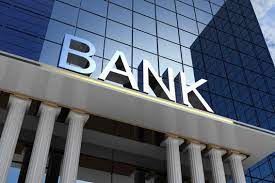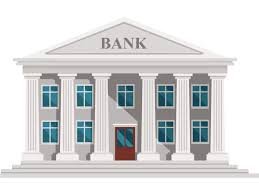29
Sep
Capital adequacy requirements are regulations imposed on banks and financial institutions to ensure that they maintain a sufficient level of capital to absorb potential losses and protect depositors and other stakeholders. These requirements are designed to promote the stability and soundness of the financial system. The two primary frameworks for capital adequacy requirements are Basel I and Basel III. Let's explore them in more detail: Basel I:Basel I, introduced in 1988 by the Basel Committee on Banking Supervision, established the first international capital adequacy framework. It mandated that banks should maintain a minimum capital adequacy ratio (CAR) of 8% based…









